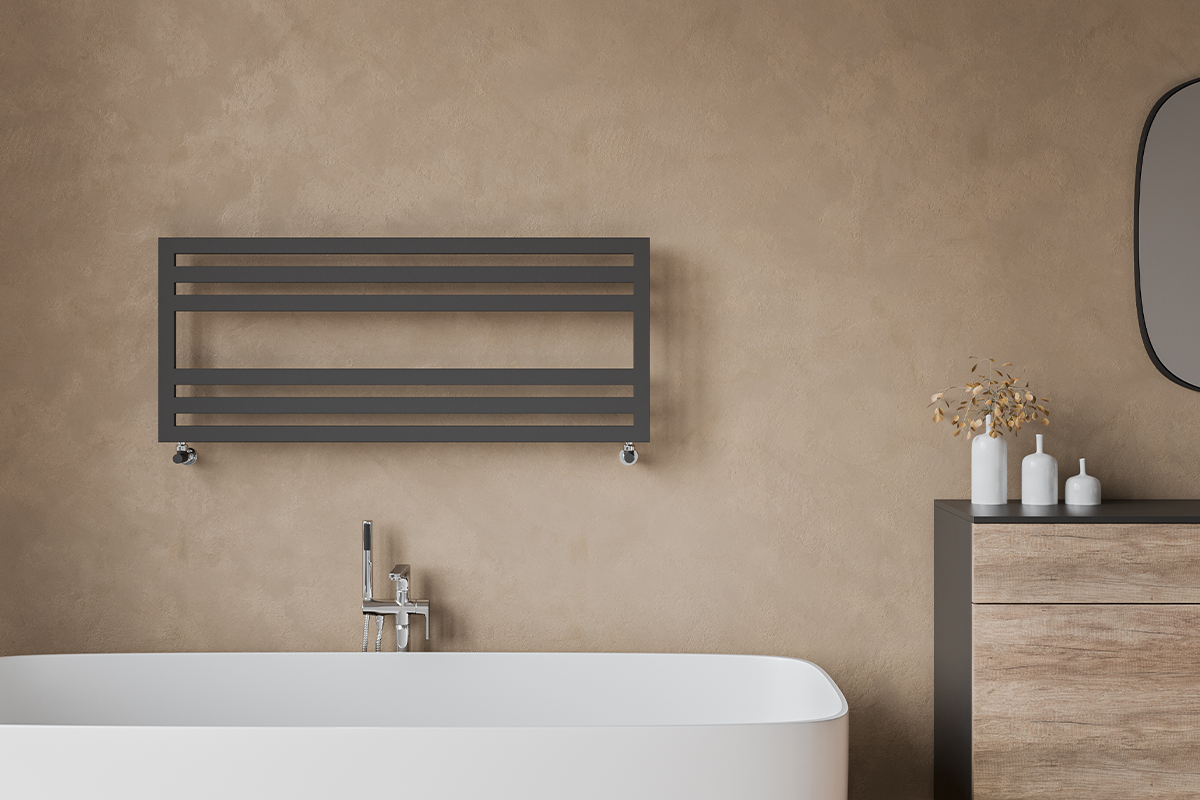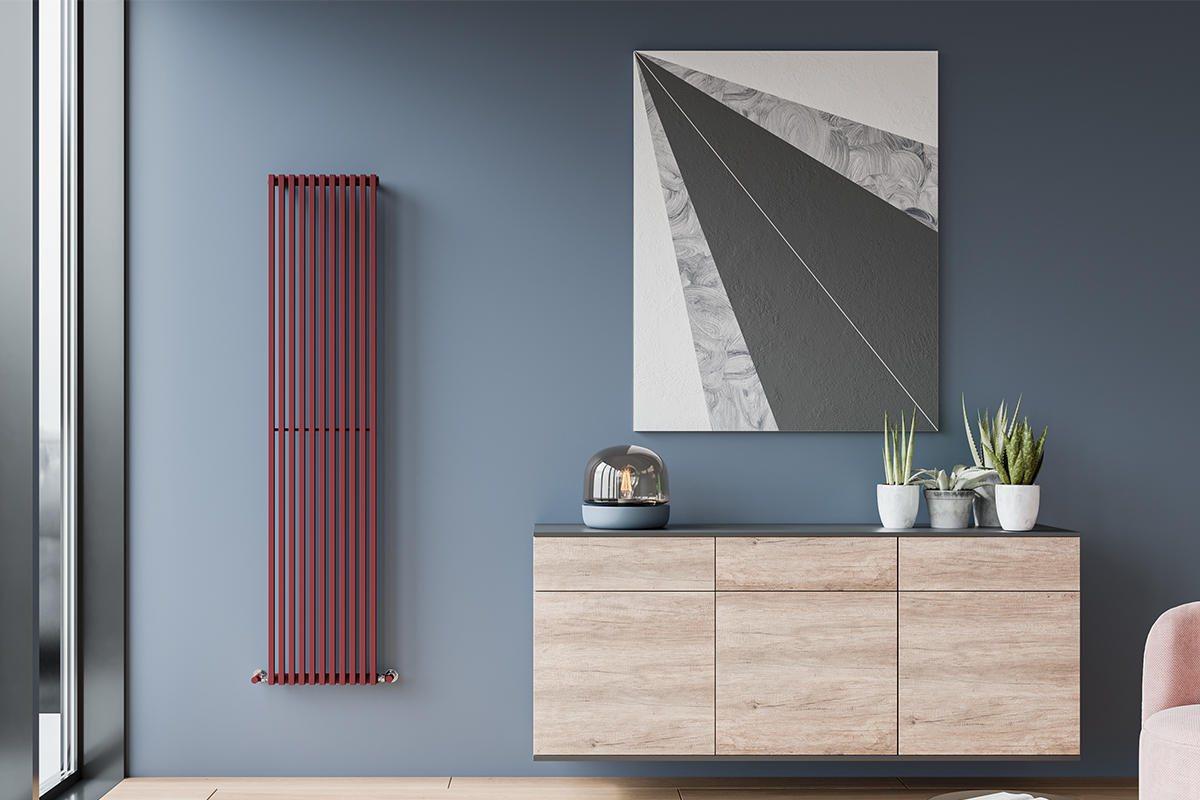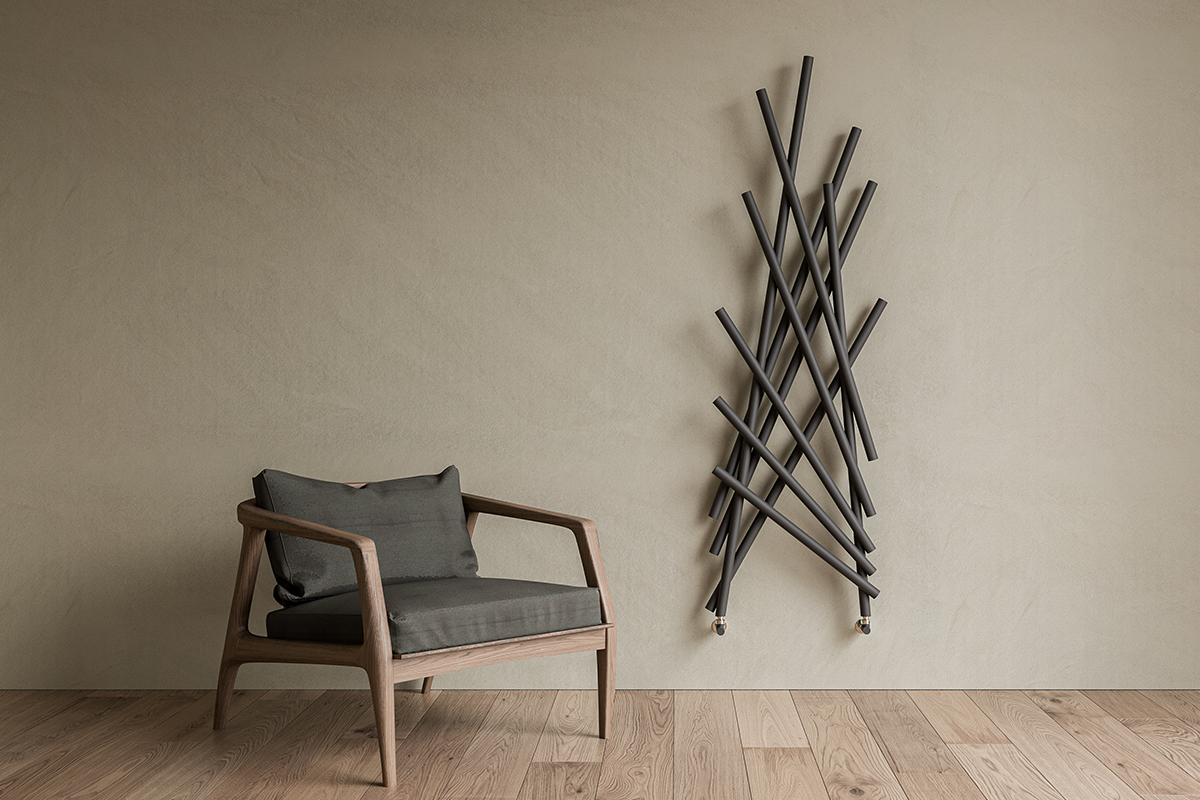The balance between symmetries and asymmetries
2023-09-29
If we look at most of the objects or natural elements around us, we probably find more symmetries (albeit imperfect) than asymmetries: our body is symmetrical, as is a leaf or a flower, the device from which you are reading this article, be it a smartphone or a computer monitor, is probably symmetrical.
Symmetry involves the regular arrangement of shapes and elements around an axis, be it horizontal or vertical: on symmetry the eye rests, it feels a sense of stability.
On the contrary, our gaze notices the presence of an asymmetrical element before even identifying what it is: asymmetry introduces an element of disturbance, makes an environment more interesting, gives it personality, breaks up forms. And for those who love design, breaking classic forms is almost an imperative.
When composing the furnishings of a room, we must therefore decide where to place our style, between these two poles; a reflection that should also be applied to the choice of radiator and its location.
What, then, are the possibilities?
There are essentially three paths we can take.
1. Choose a symmetrical decorative radiator and place it in a space that tends to be symmetrical.
Symmetry is best suited to environments that evoke calm and quiet: in a bedroom, for example, we would find a bed with a bedside table on each side. Placing a closed, regular shape like Urbino above a bathtub can also make a bathroom restful and soothing.

2. Choose a symmetrical radiator and place it in an asymmetrical composition.
Breakdown is not only about individual objects, but also about the way they dialogue with each other.
In interior design, just as in art or photography, one solution to create balanced asymmetries is to follow the rule of thirds: ideally divide the space into three equal sections and place the elements according to this grid, filling one side third with a more disruptive presence and balancing the composition on the remaining two thirds.
This is what happens for example in this image, where Grosseto, disruptive in its verticality and colour, finds a balance through the more naturally horizontal elements in the two thirds to the right of the wall.

3. Choose an asymmetrical decorative radiator
Our designers have created several asymmetrical proposals, with the elements arranged like a sail, such as Grado and Bari, or Spinnaker, which also bears the name of the sail.
The advice is always to balance this asymmetry by giving the eye something to rest on and balance the harmonies at play.
More delicate is the asymmetry of Shanghai, which enhances the seemingly random shape of the tubular elements to create its grandiose impact.

Asymmetrical compositions and radiators are better suited to living spaces, in which to dare more, seeking a more stimulating and energetic effect. Depending on one's taste and the style of the house, it will be possible to create asymmetries that are more or less pushed, more or less balanced, capable of catalysing glances or instilling well-being, or to some extent both.